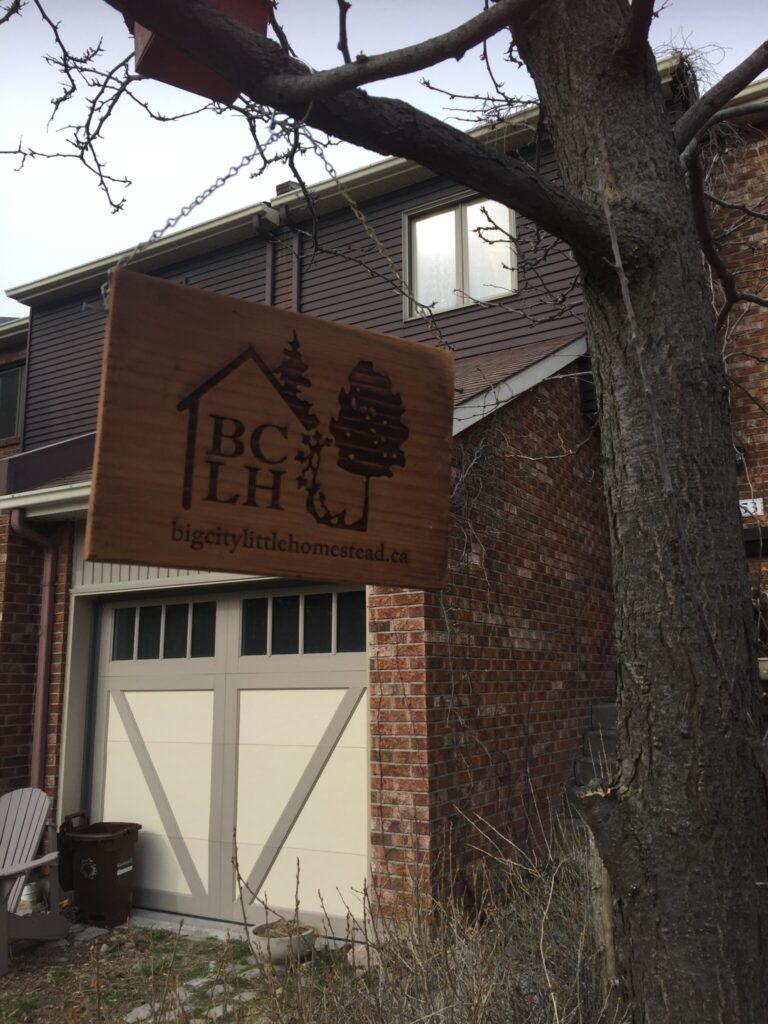So, over the past year, I’ve been updating this website by paring down and consolidating, but also elaborating, on blog topics. Mostly I stuck to the context of what was going on at the time of their publication, but sometimes I added a quick update in the post. And sometimes I overhauled and republished it anew. I now have a lot more visitors than before (still modest, though), because it’s good to enjoy the simple life!
Now that I’ve combed through my content history and brought it up to a certain standard, I’m thinking about what else this Big City, Little Homestead website could do. I’m having trouble coming up with a new name, or even a reason to change it.
I expect to continue making 4 to 6 blog posts a year, usually projects to build and observations I make about nature or whatever. But that’s just holding a pattern, and I’m looking to shake something up. I have an upcoming new-roof project, and last October, I changed up the basic configuration of my front yard so I have some new ideas to update the landscaping. I’ll blog about both of these when they’re underway. But I want to do something else, something more.
A photo archive-and-use project
I got to this present state through an effort I began during the pandemic. That’s when I began organizing, harmonizing, and sometimes publicizing my photos and other resources – and I did so exhaustively. It continued on a monthly basis, for years, because I was going through 20+ years of digital and scanned photographs. Finally knowing where all my photos were helped me massively improve my photos here. Even considering they were the same pics I used at the time, I could use them at higher resolution.
Continue reading






